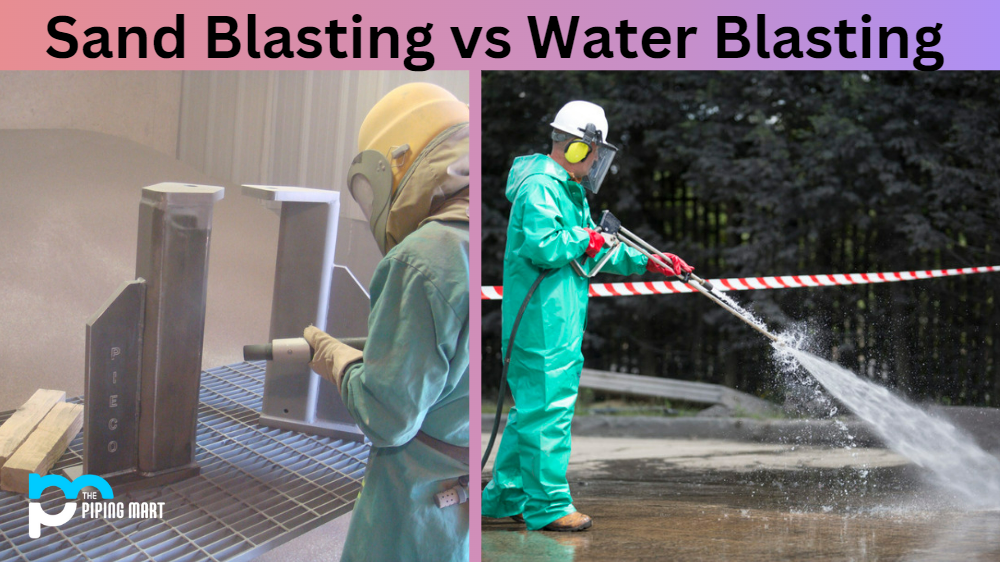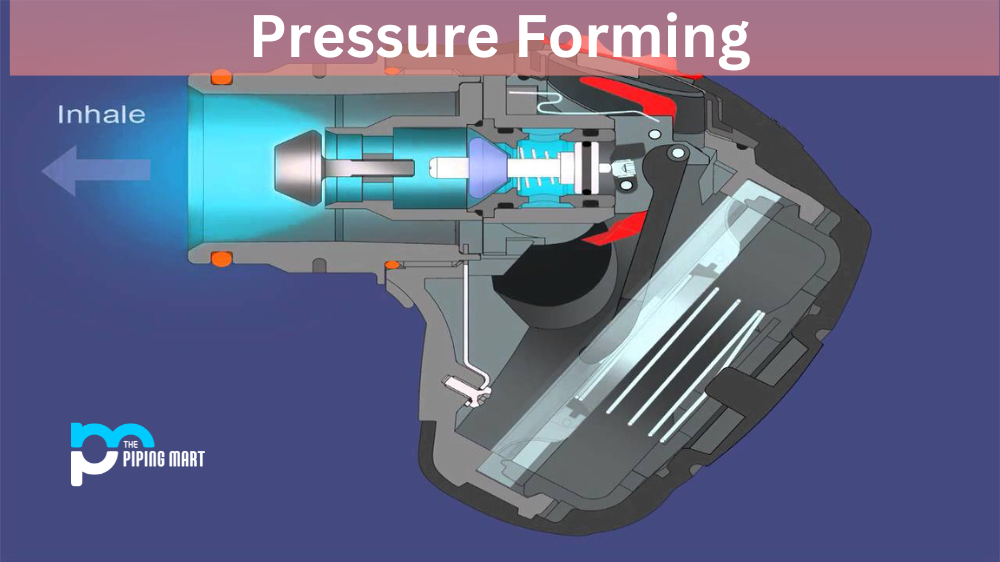Cleaning and preparing surfaces for industrial operations can be a challenging task. From rust and grime to paint and debris, you need powerful machines to remove stubborn dirt. Two popular methods for industrial cleaning are sandblasting and water blasting. Each approach has unique characteristics to remove tough dirt buildup and prepare surfaces for further treatments.
So, which one should you choose for your next industrial cleaning project? In this blog post, we’ll discuss the pros and cons of sandblasting and water blasting to help you make an informed decision.
What is Sand Blasting?
Sandblasting is a cleaning technique that uses abrasive particles like sand, aluminium oxide, and glass beads to remove unwanted materials from surfaces. This method removes rust, paint, and other coatings from metal, concrete, and brick surfaces.
Advantages of Sand Blasting
Powerful
Sandblasting is a compelling cleaning method that can remove even the stubbornest materials from surfaces. It’s perfect for industrial equipment and machinery that require a thorough cleaning.
Versatility
Sandblasting can be used on surfaces from concrete floors to metal walls and furniture. This versatility makes it a popular choice in the industrial sector.
Disadvantages of Sand Blasting
Dust
Since sandblasting uses abrasive particles, it can create a lot of dust and debris. This can be harmful to workers and damage nearby equipment.
Environmental Concerns
Sand used in sandblasting can pose environmental hazards. Furthermore, it can affect the long-term quality of soil and groundwater in the surrounding area.
What is Water Blasting?
Water blasting, or hydro blasting, is a cleaning technique that uses high-pressure water to remove unwanted materials from surfaces. The water is pressurized, creating a powerful stream to break down stubborn dirt on surfaces.
Advantages of Water Blasting
Environment-friendly: Since water is used, no poisonous materials are left behind after cleaning. Consequently, water blasting is an eco-friendly way of cleaning.
Efficient: Water blasting is an efficient cleaning technique. It can quickly clean large surfaces without damaging the actual surface-level material or the interlocking parts of intricate industrial equipment.
Disadvantages of Water Blasting
Less effective on hard materials: Water blasting is less effective when encountering hard surfaces. Removing rust and tough stains with water blasting can also be challenging.
Cost
This method’s high pressure and volume of water can make it more expensive than sandblasting for industrial cleaning.
Conclusion
In summary, sandblasting and water blasting each has their pros and cons. Your chosen method will depend primarily on your needs and the surface you need to clean. If you’re looking for a versatile cleaning technique ideal for removing rust, grime, and stubborn coatings from an extensive range of surfaces, sandblasting may be your best bet. On the other hand, water blasting may be an excellent choice if you need an eco-friendly and efficient cleaning method. Ultimately, your final choice should be based on your specific circumstances, budget, and desired outcome.

Meet Bhavesh, a seasoned blogger with a wealth of knowledge and experience. From metal products manufacturing to retail, Bhavesh has a diverse background in various industries and is dedicated to sharing his insights and expertise with readers.




